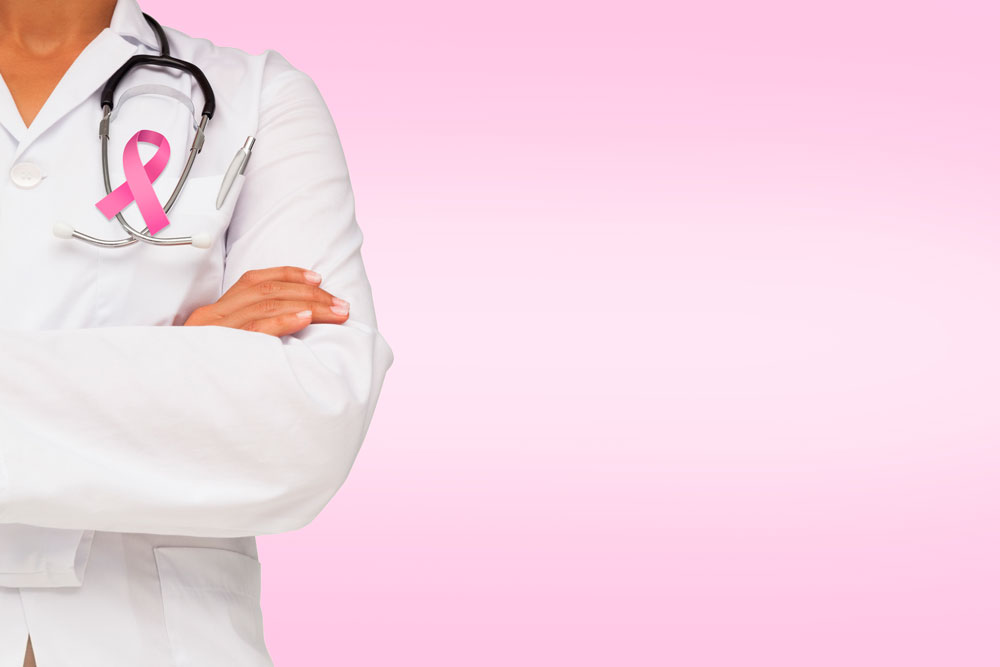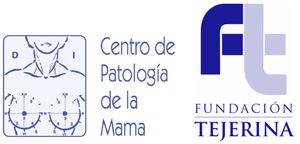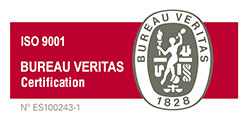Quick access
Chemotherapy blocks growth and kills tumor cells to prevent them from growing and dividing into more cells.
Generally, tumor cells grow faster than other cells, escaping the body’s defenses and generating tumors. This also makes them more vulnerable to chemotherapy treatment, which destroys them faster and more effectively than the rest of the cells. Unfortunately, chemotherapy is not selective and causes damage to many normal, growing cells. This damage is the cause of side effects.

The goal of chemotherapy treatment depends on the type of cancer and how far it has spread. Sometimes the main goal is to destroy all the cancer and/or prevent it from coming back. If this is not possible, chemotherapy can slow down or retard their growth, thus chronicifying the disease.
There are over fifty medications available to prevent the growth, multiplication, and spread of tumor cells. You can also receive treatment with a single drug or with a combination of two or more. The drugs, doses, and chemotherapy treatment schedule are chosen by our oncology experts taking into account the different important factors in each situation.
These factors include:
• The type of cancer.
• The size of the tumor, its location, and whether it has spread (stage of the cancer).
• Age and general health.
• Side effects of treatments and how they affect each patient. Whether other previous cancer treatments have been used.
• Tumor biology and the specific gene expression of each particular tumor.
Hospitalization is not often necessary in order to receive these treatments, and they can be administered on an outpatient basis, allowing you to go home at the end of the treatment session.
The duration of treatment will depend on the objectives of the treatment, individual tolerance, and tumor response. Therefore, you may receive chemotherapy for a specific time, for example six months or a year, or as long as it works.


